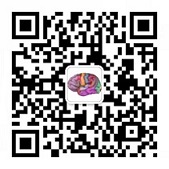Lamotrigine (LTG)
1) The main possible mechanism: voltage-gated sodium channel blocker.
2) Therapeutic indications: Most seizures are applicable except for partial myoclonic seizures (some are also useful). When combined with valproate, it is considered to be applicable to all types of seizures.
3) Warning: Some epilepsy patients with myoclonic seizures are not suitable (some are also useful), because some of these patients may worsen after taking it.
4) Dosage for children: Click to view the dosage for children of different ages and weights.
5) Major adverse reactions in children: Allergic rash (about 10%, most within 2-8 weeks after initial treatment, most rashes are mild, but severe rashes such as Stevens Johnson and Lyell syndrome may be life-threatening and need to be closely observed during medication) and arrhythmia, liver injury and aplastic anemia (rarely). In addition, some children may become irritable and prone to aggressive behavior after long-term use. Furthermore, some dose-related nonspecific side effects may occur after use, such as headache, dizziness, diplopia, nausea, vomiting, sleepiness and ataxia.
6) Interaction with other anti-epileptic drugs: It is mainly the interaction with valproate. The combination of the two drugs has advantages (it can increase the antiepileptic effect. In some refractory epilepsy, the combination of the two drugs will be tried and sometimes show better effect). However, it also has disadvantages. The risk of adverse reactions such as rash after the combination of the two drugs is also significantly increased (valproate can significantly inhibit the metabolism of lamotrigine, and the dose of lamotrigine is usually halved when combined).
7) Interaction with non-anti-epileptic drugs: Relatively few.

 English
English  简体中文
简体中文 